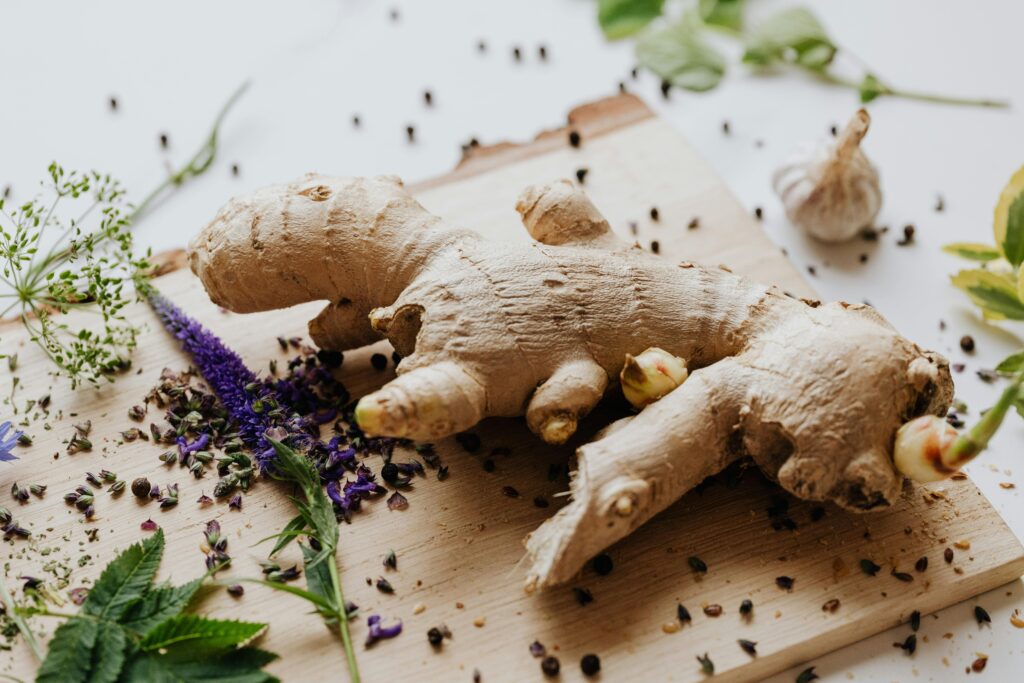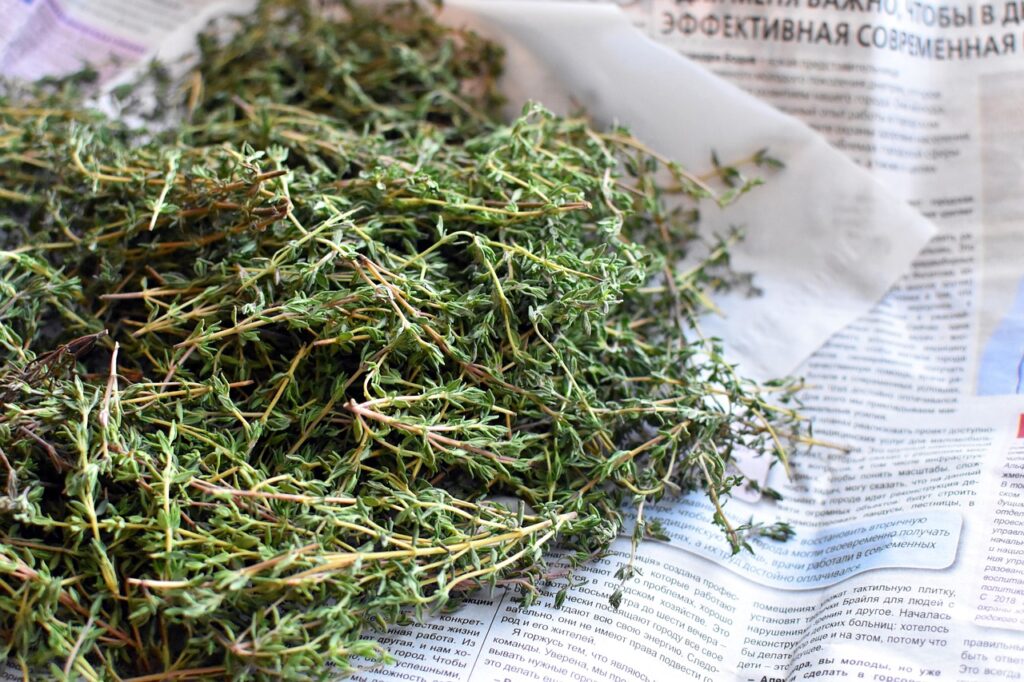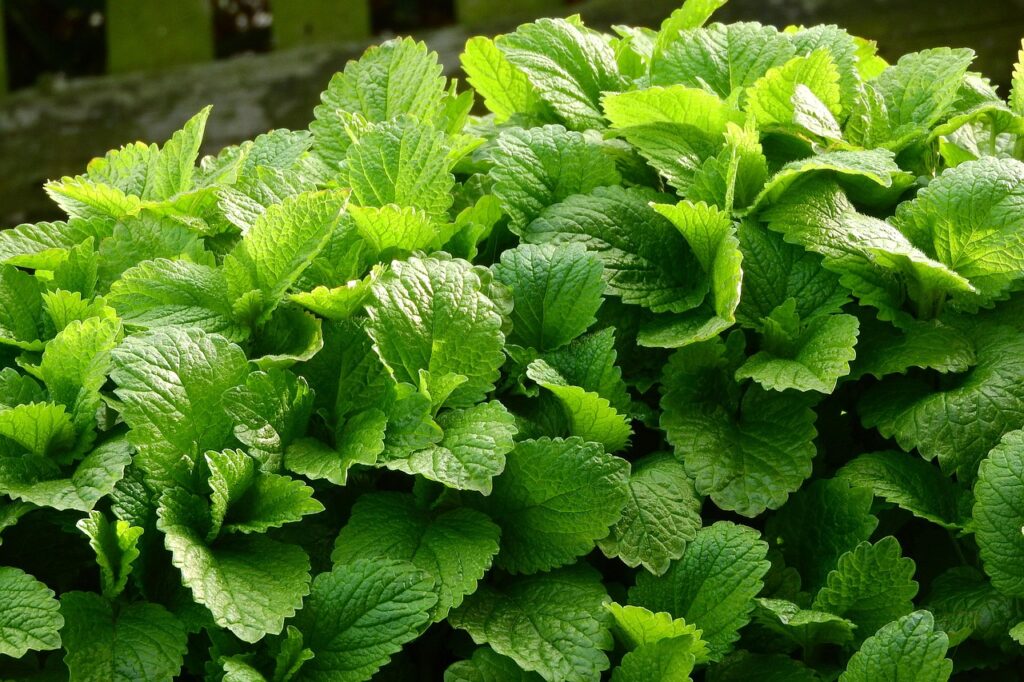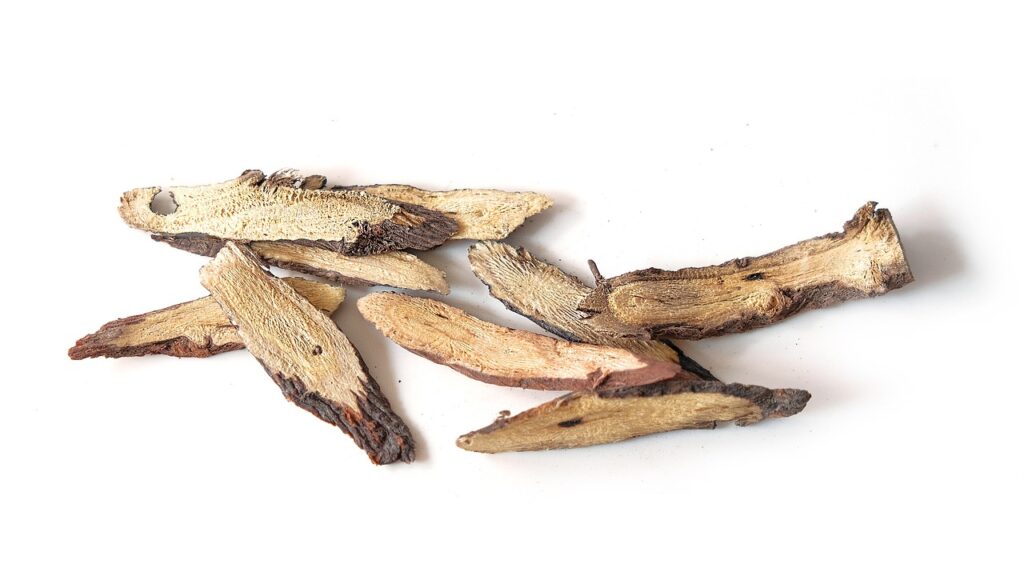From autumn through spring, the seasons bring beautiful changes in landscapes and a variety of cultural and holiday celebrations around the world. While this season can be full of joy, it also brings about something less enjoyable: the flu. Instead of letting a virus derail your plans or relying solely on over-the-counter meds, you can turn to science-backed herbs. These natural remedies can help support your immunity and keep you feeling your best throughout the season.
1. Echinacea

People often use echinacea to support immune function and fight off colds and flu. It supports the immune system by activating macrophages and increasing cytokine production, helping your body respond swiftly to viral attacks. Root extracts from Echinacea purpurea and Echinacea angustifolia deliver bioactive compounds like alkamides that power these immune effects. Clinical trials show it may reduce symptom severity and shorten infection duration, making it one of the best herbs to treat the flu.
Supporting studies:
- Clinical trials show echinacea reduces respiratory tract infections by 10–30%. In children, it lowered respiratory infection episodes by 32.5% and reduced influenza cases.
- In a randomized trial with 473 patients, an echinacea-based drink led to similar recovery and symptom relief as oseltamivir (a popular antiviral medication), but with fewer side effects such as nausea and vomiting. Patients who began treatment within 48 hours experienced relief from fever, cough, headache, and muscle pain within days.
2. Elderberry (Sambucus nigra)

Elderberry is rich in flavonoids and anthocyanins, which contribute to its antiviral, immune-supporting, and anti-inflammatory properties. Many people use elderberry to shorten flu and cold duration and ease respiratory symptoms like cough and congestion. Clinical use and consumer reports both support its reputation as a helpful herbal ally at the first signs of illness. Evidence suggests elderberry contributes to faster recovery and symptom relief.
Supporting studies:
- A 2004 randomized, double-blind trial with 60 patients showed elderberry reduced flu symptoms by four days and decreased the need for rescue medications.
- A 2019 meta-analysis confirmed that elderberry significantly shortened upper respiratory symptom duration across three clinical trials.
3. Ginger (Zingiber officinale)

People have turned to ginger for centuries to soothe respiratory symptoms, and modern science backs its traditional use for colds and flu. Gingerols and shogaols are the key bioactive compounds in ginger. These compounds help block the release of pro-inflammatory cytokines, reduce oxidative stress, and regulate immune responses during infection. These properties can support its role in early flu symptom relief and immune support.
Supporting studies:
- Laboratory studies show that fresh ginger inhibits the ability of viruses like human respiratory syncytial virus (HRSV) to attach to and invade airway cells. These effects are most effective when ginger is administered before viral exposure, as it blocks both viral attachment and internalization.
- These studies also found that high concentrations of fresh ginger can stimulate mucosal cells to secrete interferon-beta (IFN-β), a crucial antiviral cytokine that helps counteract viral infections.
4. Thyme (Thymus vulgaris)

Thyme may ease coughs and bronchitis thanks to thymol, which offers antiviral, antibacterial, and anti-inflammatory effects. This active compound directly suppresses viral replication and inflammation, promoting faster recovery. Herbalists often combine thyme with other soothing herbs to promote respiratory relief during colds and bronchitis. Both lab and clinical findings confirm thyme’s role in relieving respiratory infections.
Supporting studies:
- A randomized, placebo-controlled trial showed a thyme-and-ivy blend significantly reduced cough frequency and bronchitis symptoms within nine days.
- Test tube studies and clinical research further confirmed thymol’s antiviral activity and symptom relief against rhinoviruses and influenza, and determined it safe for respiratory use.
5. Eucalyptus

Eucalyptus oil is a common ingredient in inhalation therapies, chest rubs, sprays, and diffusers to support respiratory health. It may help reduce inflammation, clear mucus, and ease symptoms of colds and flu. Studies suggest that eucalyptus oil, in both liquid and vapor forms, can reduce or inactivate airborne influenza viruses within minutes under controlled laboratory conditions. While these findings are promising, more research is needed to confirm its effectiveness as an antiviral treatment or disinfectant in real-world use.
Supporting studies:
- Studies found that when eucalyptus oil from the E. polybractea plant was sprayed into the air for 15 seconds using a nebulizer, it completely killed the flu virus in the air. Even just the vapor of the oil (without spraying) was able to kill 86% of the virus after one day.
- Eucalyptus oil from the E. globulus plant was studied as well and results showed it also killed the flu virus. In liquid form, the oil stopped the virus completely at a certain concentration. As a vapor, it reduced the virus by 94% after just 10 minutes.
6. Lemon Balm (Melissa officinalis)

People use lemon balm to calm the mind and aid immunity, thanks to its essential oils and phenolic acids. Its components, citral, citronellal, linalool, and rosmarinic acid, interfere with viral activity while offering antioxidant and antispasmodic effects. Lab tests show lemon balm oil can stop virus replication. Although human trials are limited, its antiviral potential is promising and may help relieve symptoms.
Supporting studies:
- A key laboratory study found that lemon balm essential oil can inhibit the replication of the influenza A virus at several stages of its life cycle. The oil was particularly effective when it was mixed with the virus before cell infection, reducing viral reproduction by up to 99.9% in some test conditions.
7. Licorice Root (Glycyrrhiza glabra)

Traditional Chinese medicine has relied on licorice root to treat a variety of ailments for centuries. Scientists have isolated more than 20 triterpenoids and nearly 300 flavonoids from the herb, which may possess antiviral, antimicrobial, anti-inflammatory, and antitumor properties. Glycyrrhizin, one of its active compounds, blocks viral entry, reduces inflammation, and may prevent tissue damage by modulating immune responses. Recent findings support licorice’s antiviral and immune-supporting role in respiratory illnesses. Licorice root can cause side effects such as increased blood pressure, low potassium levels, and hormonal changes, so it’s important to check with your doctor before using it.
Supporting studies:
- Cell and animal studies reveal glycyrrhizin treatment can block influenza virus uptake and reduce viral titers by up to 90% in human lung cells, indicating potent antiviral action at cell entry.
- Further research demonstrates that licorice root compounds modulate immune and inflammatory responses during viral infections, potentially reducing viral gene expression and associated tissue damage.
8. Oregano (Origanum vulgare)

Oregano oil and capsules are traditionally used for respiratory and immune support due to their potent essential oils, carvacrol and thymol. These compounds exhibit antimicrobial and antioxidant properties and have shown antiviral activity against HIV‑1 in laboratory studies by inhibiting viral fusion. While modern research is starting to confirm these benefits in controlled experiments, evidence supporting oregano oil’s effectiveness against respiratory viruses or its impact on symptoms such as fever or cough remains limited, and there is no proof that using it early in an illness enhances benefits.
Supporting studies:
- A 2017 study revealed that oregano oil, particularly extracted from the plant’s leaves, possesses potent antioxidant properties. The researchers highlighted its traditional use in addressing fevers and respiratory issues, both common symptoms of colds and the flu.
- Laboratory research has shown that oregano oils rich in carvacrol possess antiviral activity against the influenza virus in test tube studies. These oils reduced viral counts in cell cultures and exhibited significant inhibitory effects at certain concentrations
Final Thoughts:

When seasonal sniffles strike, herbal remedies can be powerful, natural allies. Herbs like echinacea, elderberry, ginger, and oregano can help ease cold and flu symptoms and support your immune system, especially when used early. But remember, herbs are complementary solutions and work best alongside a healthy lifestyle that includes good nutrition, sleep, and stress management. Make sure to choose high-quality products and always check with your healthcare provider before adding new supplements.
Disclaimer: This information is not intended to be a substitute for professional medical advice, diagnosis or treatment and is for information only. Always seek the advice of your physician or another qualified health provider with any questions about your medical condition and/or current medication. Do not disregard professional medical advice or delay seeking advice or treatment because of something you have read here.
Read More: Signs You’re Lacking in Vitamin D and How to Get More To Boost Your Immunity

